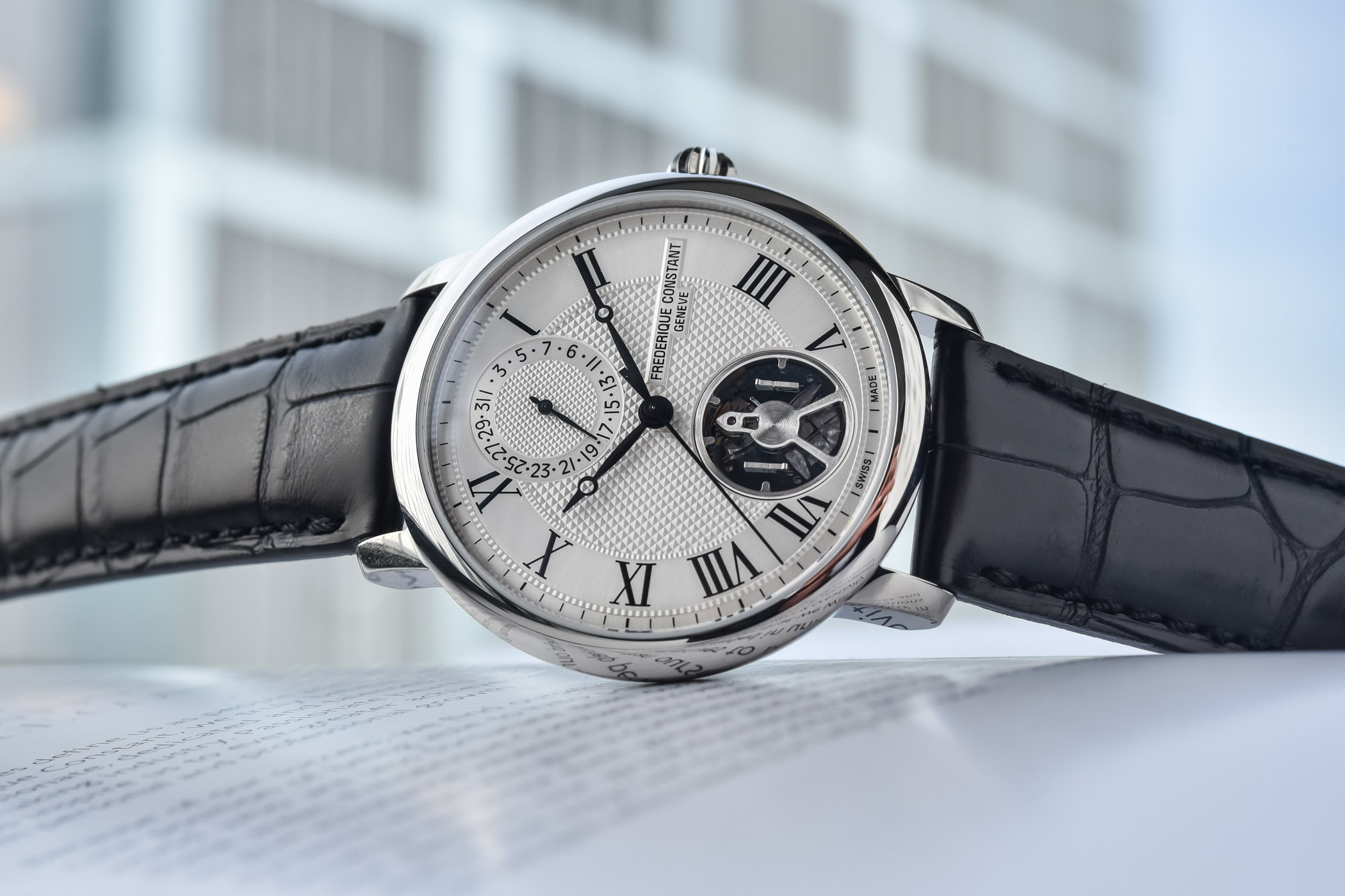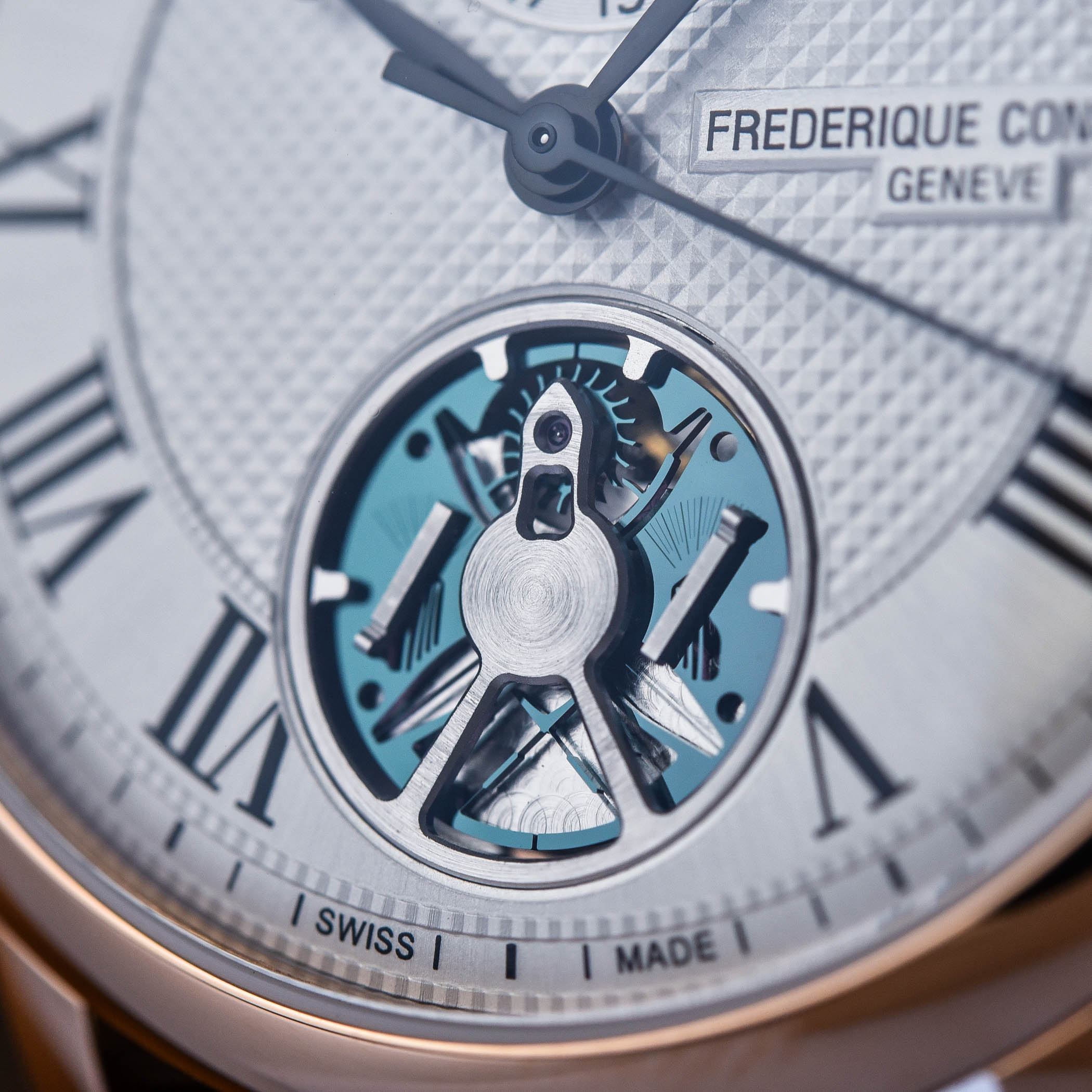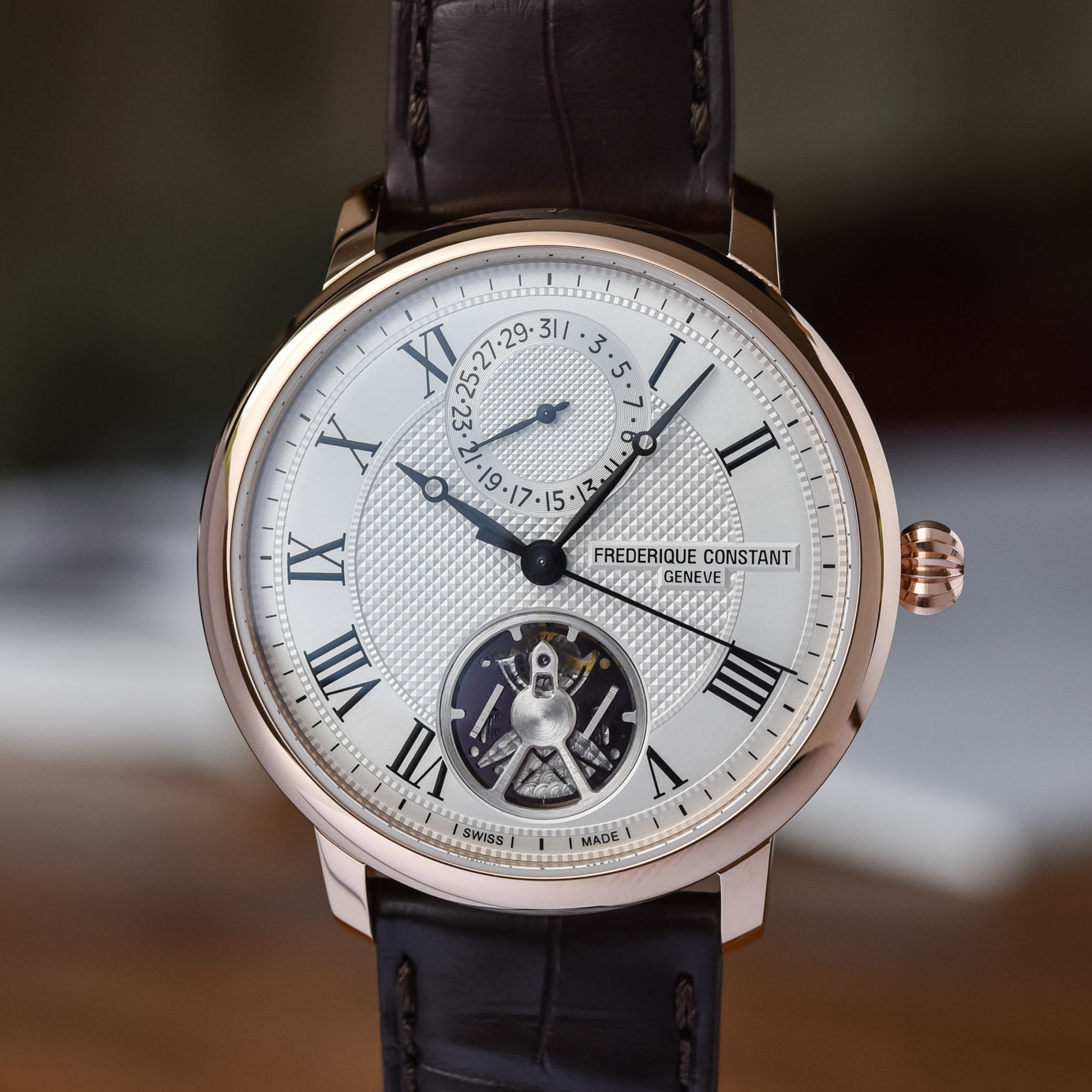The Science Behind the Innovative Frederique Constant Monolithic Oscillator
A major horological breakthrough that was meant to be accessible and produced on a large scale.
Marrying respect for traditions and innovation has always been one of the key elements of the success of mechanical watchmaking. But when it comes to one of the most crucial parts of a mechanical movement, its oscillator, let’s agree on the fact that the watch industry has been on the conservative side… to say the least. The way mechanical wristwatches are regulated has barely changed in centuries, with an architecture based on the lever escapement (Thomas Mudge, 1754). We had to wait recent years to see the industry looking at this fundamental part with fresh eyes, to try to reinvent it. Relying on the principle of compliant mechanisms, multiple brands have presented innovative escapements and oscillators. And the latest innovation in line has to be credited to Frederique Constant with its Monolithic Oscillator, which not only is an authentic horological breakthrough, but also looks at notions of serial production and accessibility.
Apart from rare non-commercialised concepts, (or watches made in limited quantities) the sprung balance wheel remains the exclusive time basis for mechanical wristwatches. What Frederique Constant has done with its Monolithic Oscillator is not only a fascinating technical development, but one that is meant to be commercialized and accessible at a reasonable price.
While using a base movement that is almost identical to its other, classic mechanical watches, Frederique Constant relies on the concept of compliant mechanisms to develop a new typology of oscillator. Compliant mechanisms – also known as monolithic or jointless structures – use the elastic properties of a material to affect the motion of mechanical components. These one-piece, compact, and precisely produced components replace several mechanically assembled parts. As such, and with the help of Flexous, Frederique Constant replaces the traditional regulator with a monolithic flexure pivot oscillator that integrates the anchor, thus moving from a 26-part structure to a monolithic architecture. The revolutionary design oscillates with a low amplitude of only 6 degrees and reaches an impressive frequency of 40Hz or 288,000 vibrations/hour.
Certainly one of the most important technical developments in recent years, you can read all about the Frederique Constant Monolithic Oscillator in this in-depth article, or even look at this video on top of this “rewind” article. And in a few, we’ll publish an interview with Pim Koeslag, Technical Director and Master Watchmaker for Frederique Constant, on this highly promising topic.








1 response
Interesting development although the underlying idea is not completely new.
Just a thought, if this trend to optimise/replace the escapement/oscillator function continues, don’t we all end up wearing quartz watches or Apple watches except for a few mechanical geeks who can afford the high-end of the market? With perhaps Seiko’s spring-drive concept as half-way house? That will surely be the end of most of today’s watch brands.
Grand Seiko might be a monopolist in 5 years’ time